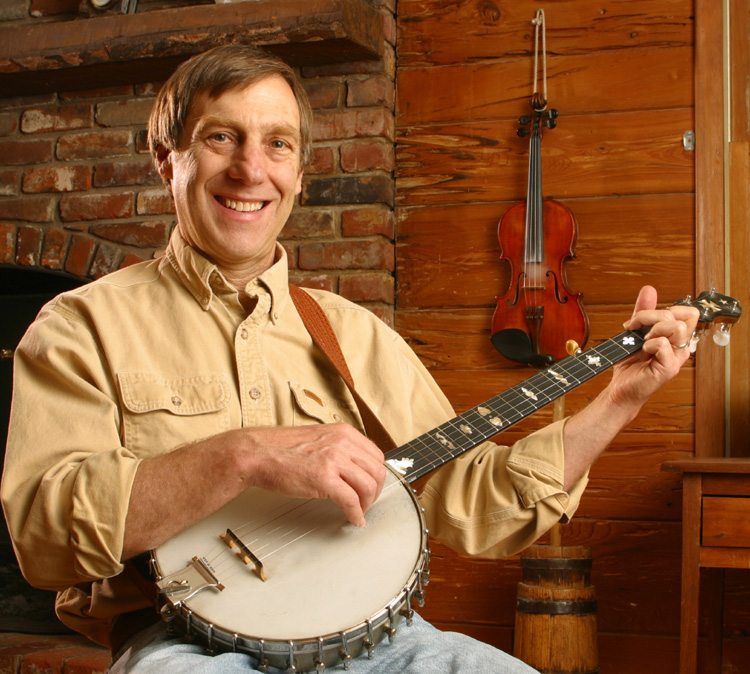The words to bluegrass songs have been a source of particular fascination to me. Back in 1965 while still living in California, I went to a bluegrass show in a small club in Berkeley, California called the Jabberwalk. On stage was Joe Val and the Charles River Valley Boys. I remember that the banjo player, Bob Siggins, joked about the lyrics of the Bill Monroe song, “Goodbye Old Pal.” Siggins suggested that instead of “to me boys it was sad,” he always thought it was “two meatballs in the sand.”
Recently, I got to wondering how other singers have accidentally mangled the words of other bluegrass songs. Come to find out, there’s actually a word for mangled lyrics: mondegreens. Who knew?
When I asked some of my bluegrass buddies, students and friends what mondegreens they have heard or song, here’s what they contributed.
Are your varmints washed
(Are your garments washed) from Washed in the Blood.
With a naked horse.
(With an achin’ heart) from Doing My Time.
My feet stink on the mantel
(I’m feasting on the manna) from Beulah Land.
I fought the green creature down in the dark valley.
(I fought the grim reaper down in the dark valley) from I’ve Lived a Lot in My Time.
It is a whale that is hurt upon the shore.
(It is a wail that is heard upon the shore) from Stephen Foster’s Hard Times Come Again No More.
The ants are my friends, they’re blowing in wind
(The answer my friend is blowing in the wind) from Blowing in the Wind.
Feta cheese and hair
(Faded cheeks and hair) from Wandering Boy.
May I walk on your lawn every day
(May I walk in your light everyday) from Lord Have Mercy.
There’ll be no detours in Heaven, Nora froze along the way
(There’ll be no detours in Heaven, No rough roads along the way) From I’m Using My Bible For a Roadmap.
Hold back the Russian menace
(Hold back the rushing minutes) from My Baby’s Gone.
The mandolin player ate cheese whiz.
(The man in the middle is Jesus) from The Man in the Middle.
They call me by a number of naughty names
(They call me by a number, not a name) from Doin’ My Time.
Oh beautiful and spaceship skies.
(O beautiful for spacious skies) from America the Beautiful.
Lonesome Light Bulb Waltz.
(Lonesome Moonlight Waltz).
Although your love was even colder, I’ll wear your underwear tonight.
(Although your love is even colder, I wonder where you are tonight). from I Wonder Where You Are Tonight.
Big spy camera
(Big spike hammer)
Bright day will turn to night my love, the elephants will mourn
(Bright day will turn to night my love the elements will mourn) from The Blackest Crow.
Can I get you now, or must the hen I take
(Can I get you now, or must I hesitate) from The Hesitation Blues.
She’d row t’church a Sunday She’d pass me on by, I saw her mind was changing Bada-ol-bing on her eye
(She’d go to church on Sunday, She passed me on by, I saw her mind was changing by the roving of her eye) from Handsome Molly.
That’s the way I giddy my gnome
(That way I’ll get him I know) from Feast Here Tonight.
Poison tomatoes are taking our loved ones
(Wars and tornadoes are taking our loved ones) from The Family Who Prays.
My time on earth is buttered Spam.
(My time on earth is but a span) from A Beautiful Life.
If you’re like me, you might find these mangled verses more interesting than the “real” ones. Big thanks goes out to everyone who contributed to this collection! If you’d like to contribute your favorite manged lyrics, by all means, send them my way!
